
NPS Photo / S. Tevebaugh 
Map of the Day Tour 
Reserve your ticket with our commercial partner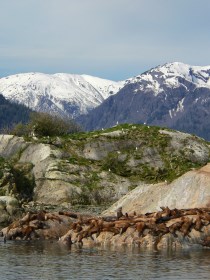
One of the first highlights of the day is a stop at South Marble Island. The vessel cruises very close to the small isolated island to observe seabirds and marine mammals. Be sure you are outside to see, hear and even smell the creatures that live here. Tufted and Horned Puffins and their cousins the Common Murre nest here alongside Pelagic Cormorants and Black-legged Kittiwakes. Steller Sea Lions haul out here between feeding because of the convenient location, flat, smooth rocks, and nearby feeding grounds. There may be over 300 sea lions clustered on the rocks together, growling and roaring as they wrestle for the best resting spot. Listen to the symphony of the Marble Islands! 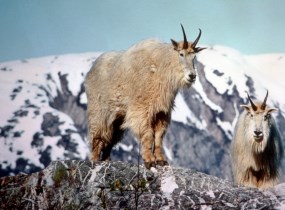

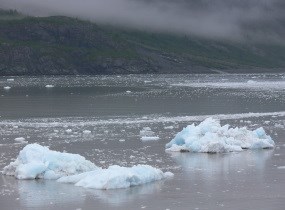
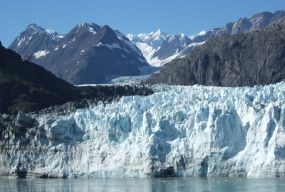
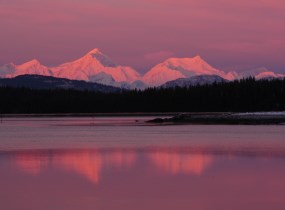
Be prepared. Bring warm clothes and rain gear. Bring binoculars and cameras. And, don’t forget to bring your sense of wonder. By the end of your day you will have sailed by nearly eight hundred miles of coastline in one of the wildest places left on our planet. Be prepared to be captivated by the beauty and abundance of Glacier Bay. For rates, reservations, and more information please contact Glacier Bay Lodge & Tours, the concessioner that operates the tour.The requested video is no longer available.
|
Last updated: May 14, 2024
